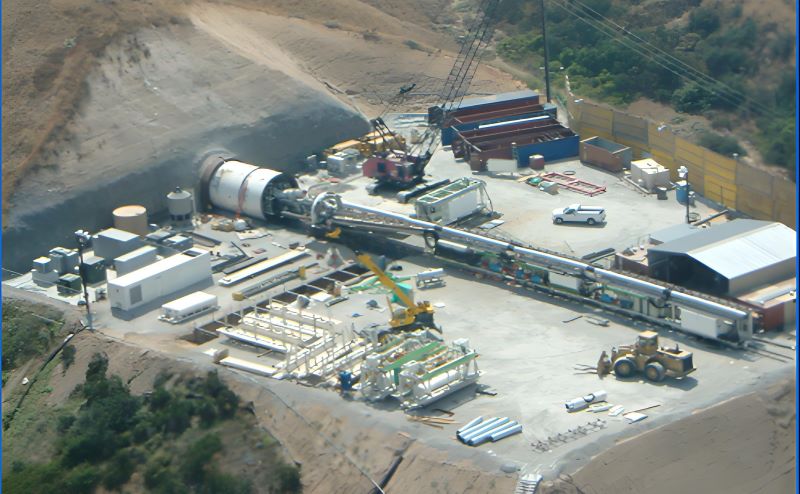The speed of a Tunnel Boring Machine (TBM) — often called its advance rate — depends on many factors, such as soil or rock type, machine size, ground conditions, and project design.

1、Typical TBM Speeds
Record speeds (ideal conditions):30–50 meters per day, Rare, achieved in uniform soft ground
Soft soil (clay, sand, silt):10–20 meters per day, Faster due to easier cutting and less wear
Mixed ground (soil + rock):5–15 meters per day, Moderate pace; frequent tool changes
Hard rock (granite, basalt):2–10 meters per day, Slowest; high cutter wear and heat
2、Factors Affecting TBM Speed
① Geological conditions:Softer, more uniform materials allow for higher speeds. Hard or fractured rock slows progress.
② TBM type:
· EPB (Earth Pressure Balance) → for soft ground, higher speeds possible.
· Slurry TBM → used in water-bearing soils, slower due to slurry processing.
· Hard rock TBM → robust but slower due to cutting resistance.
3、 Example Projects
① London Crossrail (UK): ~15–25 m/day average.
② Gotthard Base Tunnel (Switzerland): ~8–12 m/day through hard rock.
③ Shanghai Metro (China): up to 25–35 m/day in soft clay.
4. Advantages Over Traditional Methods
① Precision: Maintains high axis alignment accuracy, crucial for segment lining.
② Safety: Shield machines prevent soil collapse; closed systems manage groundwater ingress.
③ Speed: Continuous excavation reduces project timelines versus drill-and-blast methods.
In general, a modern TBM advances at 5 to 25 meters per day, with the potential for much faster rates in favorable conditions.





